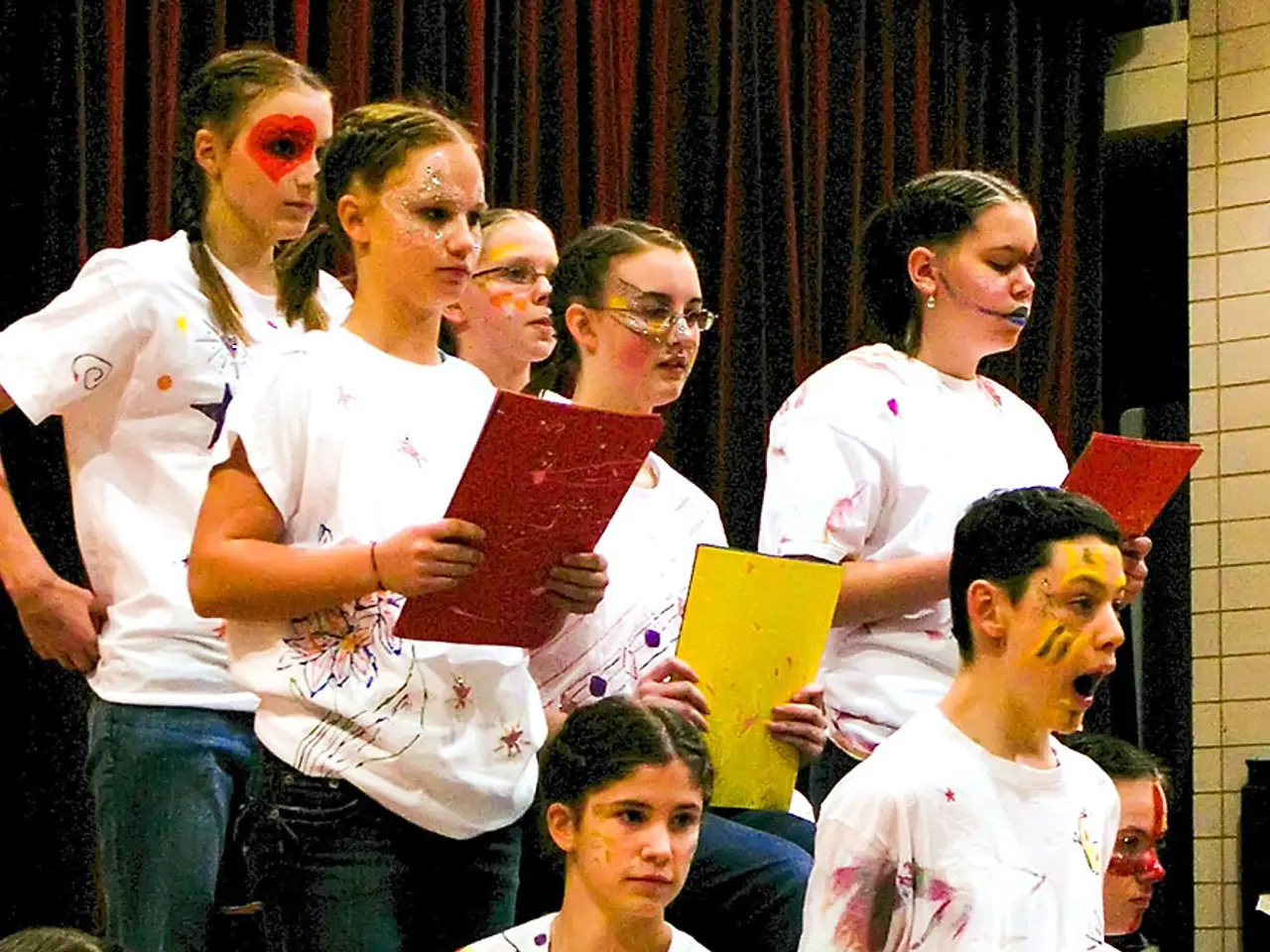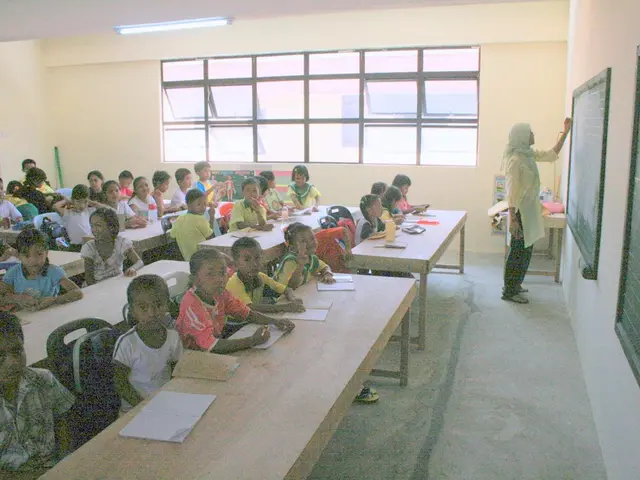Middle School Career Planning Session Focused on Rehabilitative Professions
In the bustling world of middle school, many students find themselves grappling with unique challenges. This is where middle school occupational therapy comes into play, a specialized area that caters to the distinct needs of these young learners.
Middle school occupational therapy is not a one-size-fits-all approach. Many students, for instance, resist adaptations that make them stand out from their peers, such as noise cancellation headphones or alternative seating. However, these accommodations are tailored to help students thrive, not to single them out.
One of the key areas of focus in middle school programs is the development of executive function skills. These skills, which include planning, organizing, and self-regulation, are vital for success in the classroom and beyond. Yet, making adjustments in this area can be challenging due to the complexity of these skills.
Occupational therapists in middle school are adept at navigating these challenges. They address important life skills such as learning emergency contact information, effectively grooming themselves, taking care of personal hygiene issues, advocating for themselves, and following a schedule.
Student participation is a cornerstone of middle school occupational therapy. Students engage in 1:1 or group-based activities to build peer interaction and conversation skills. They also complete tasks that require precision, such as scissor-based assignments with accuracy in 3 out of 4 trials, and follow social problem-solving steps with visual prompts during role-play or real scenarios.
Transitioning from direct to indirect, or consultative therapy models is common in middle school due to teenagers' self-consciousness, busy schedules, and developed handwriting habits. Yet, students may still need direct therapy services, and occupational therapists are skilled at determining when and how to provide these services.
Middle school occupational therapy goals target key areas such as executive functioning and organizational skills, self-regulation and mental health, and social participation. This may involve activities designed to help students with disabilities, including autism, ADHD, and other learning differences, stay engaged in daily activities and grow their independence.
Activities are designed to be functional and relevant, moving away from traditional OT activities such as crayons, Candyland, letter formation exercises, or cut and paste activities. Instead, students might participate in visual perceptual games or strategies to improve attention to detail in worksheets and tests.
Barriers to participation in middle school occupational therapy can include social stigma, cultural barriers, and time constraints. Yet, occupational therapists are committed to providing adaptations and resources to overcome these barriers and ensure that all students have the opportunity to thrive.
Involving students in decision-making about goals and objectives is another key aspect of middle school occupational therapy. This empowers students and helps them take ownership of their learning journey. As students grow and develop, so too do their goals, with a transition away from handwriting goals to more functional goals.
Middle school occupational therapy is a vital component of the educational environment. It focuses on organization, managing a schedule, lunch considerations, locker use, self-care, educating teachers and caregivers, empathy, tool use, social awareness and behavioral challenges, changes in schedules, supporting sensory needs in the cafeteria, collaborating with teachers, communicating with families, motivating students, life skills, keeping goals and objectives focused on relevant and functional skills, educating staff and caregivers about the role of the OT in schools, providing resources, and making adaptations to the educational environment.
In conclusion, middle school occupational therapy is a dynamic and personalized approach that helps students navigate the unique challenges of middle school and sets them on a path towards success.







